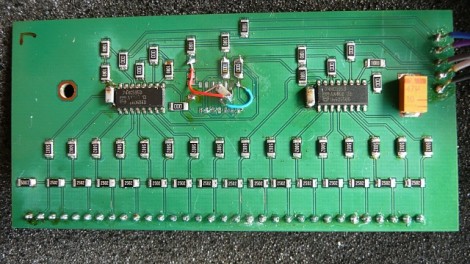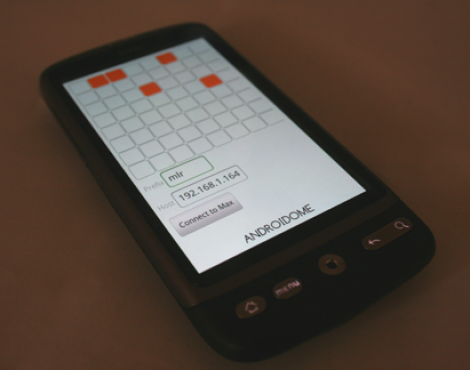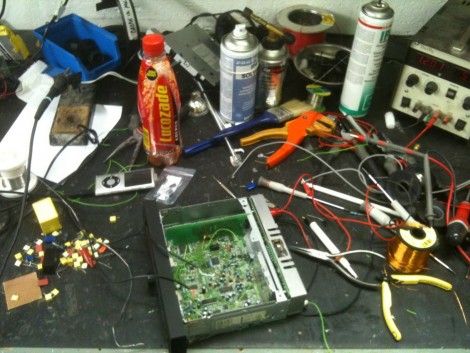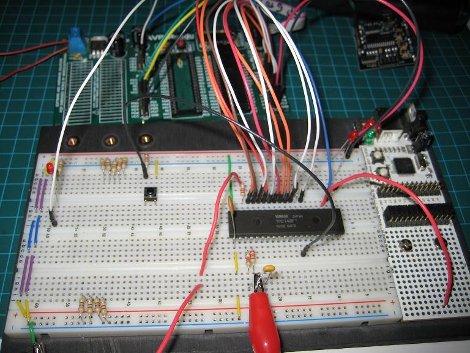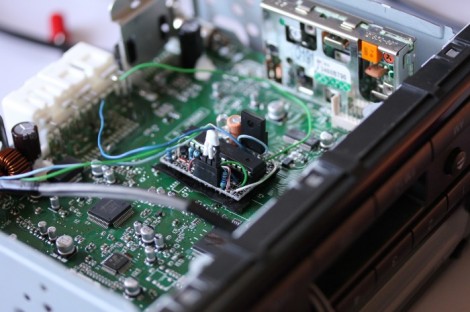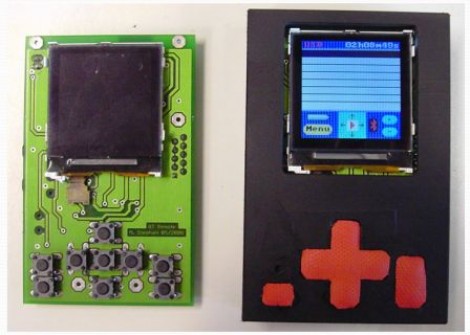Want to take back control of how your digital audio files become sound? One thing you can do is to build your own digital to analog converter. This one is made from discrete components, centered around a resistive ladder. Yes, there are a couple of integrated circuits in there which are used for demultiplexing the incoming signal but the magic happens in that R-2R network. The project is an interesting read and makes a point of looking at the issues raised when trying to precision match resistors. Apparently it can be done with 0.1% components if you have a lot of them and a multimeter that can measure down to seven decimal places.
[Thanks Bigbob]

